Adequate water treatment and cooking key to limiting incidence
Hepatitis E virus (HEV) is the etiologic agent of hepatitis E, the most common form of acute infectious hepatitis worldwide. This illness can be foodborne, and shellfish are known potential vehicles for its transmission.
The health benefits of fish and shellfish consumption should not be overshadowed by the risk of transmission of any infectious illness, but it is wise to take precautions and develop an awareness of possible diseases to help limit their transmission.
Incidence
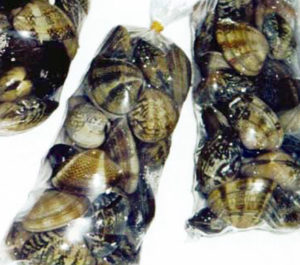
aquacultured clams, can be inactivated by
complete cooking.
Hepatitis E was not recognized as a distinct clinical entity until 1980. Since then, retrospective analysis revealed that large outbreaks occurred as long ago as the 1950s. The estimated annual global incidence of this disease is currently around 4 million cases.
Hepatitis E most commonly occurs both endemically and epidemically in Africa, central and southeast Asia, and Mexico. It is rare in the United States, where cases are often the result of travel to endemic areas. However, in the current climate of globalization, hepatitis E cases occasionally crop up in unexpected areas.
Studies reveal that up to 20 percent of the world’s population exhibits serologic evidence of previous HEV infection. Asymptomatic illness is common, especially in children, which leads to underreporting of disease incidence.
Transmission
Transmission of HEV, like that of hepatitis A virus (HAV), occurs by the fecal-oral route. Person-to-person transmission appears less common with HEV than HAV. Poor sanitation and social crowding are contributing factors. Outbreaks of hepatitis E are most often traced to waterborne sources. However, foodborne hepatitis appears to be on the rise, with several recent reports of shellfish-vectored disease.
HEV may be transmitted from animal to human hosts. Strains have been isolated from various wild and domestic animals, including chickens, swine, rats, deer, boars, and others. Some cases of human hepatitis E have resulted from the consumption of raw or inadequately cooked meats that were contaminated with animal HEV strains.
Shellfish-associated hepatitis E
Shellfish-associated hepatitis E results from the contamination of harvesting beds with human sewage or animal waste, or from such post-harvest processing factors as contaminated washing water or direct contact with an infected person. Natural disasters, such as the recent tsunamis in southeast Asia, often lead to outbreaks of infectious diseases from such factors as damage to water treatment facilities and sewage contamination of drinking, bathing and food source water supplies. Such phenomena could place shellfish-harvesting areas at increased risk for contamination.
Bivalve mollusks are filter feeders that concentrate microorganisms from their surrounding environment. In the laboratory, oysters have been demonstrated to readily filter and uptake HEV from their incubating water.
Shellfish are often eaten raw or minimally cooked, which aids the transmission of some pathogens, including HEV. Data on methods for eliminating HEV from food is somewhat lacking since the virus was only recently recognized as a foodborne pathogen.
It does appear that HEV can be inactivated by complete cooking, chlorination of water, iodinated disinfectants, and autoclaving. Other methods of food treatment, such as high hydrostatic pressure processing and irradiation, have yet to be fully studied for the inactivation of HEV.
Symptoms, treatment
The clinical characteristics of hepatitis E are similar to those of hepatitis A. The incubation period is three to nine weeks, which can render detection of a common source problematic. Symptoms and signs include fever, fatigue, jaundice, and gastrointestinal complaints. Diagnosis on the basis of clinical signs is confirmed by specific serologic assay.
Treatment for hepatitis E is nonspecific and supportive. Vaccines are not yet available, but are in clinical trials. Recovery from primary infection can confer longstanding, if not lifelong, immunity. Chronic infection is not known to occur, and there is no evidence of sexual transmission or risk of liver cancer from HEV.
Positive prognosis
The prognosis for hepatitis E patients is generally good, as the infection is self-limiting and symptoms are most often fairly mild. Overall mortality is 0.5 to 4 percent, which is only slightly higher than that of hepatitis A. However, the disease can be dangerous for pregnant women, whose mortality rates from hepatitis E approach 25 percent. The reason for this higher mortality is not yet known. Coexisting liver disease, immunosuppression, malnutrition, and the extremes of age worsen the prognosis.
Preventive measures
Preventive measures, primarily adequate water treatment and cooking, remain the mainstays for limiting the incidence of hepatitis E. Travelers to endemic areas should engage the usual food hygiene precautions: avoid ingesting water and/or ice from unknown sources and the consumption of raw, poorly cooked, or unpeeled foods. Women who are pregnant and individuals with preexisting liver disease or immunosuppression should be especially cautious. In endemic areas, shellfish should be thoroughly cooked.
(Editor’s Note: This article was originally published in the June 2005 print edition of the Global Aquaculture Advocate.)
Now that you've reached the end of the article ...
… please consider supporting GSA’s mission to advance responsible seafood practices through education, advocacy and third-party assurances. The Advocate aims to document the evolution of responsible seafood practices and share the expansive knowledge of our vast network of contributors.
By becoming a Global Seafood Alliance member, you’re ensuring that all of the pre-competitive work we do through member benefits, resources and events can continue. Individual membership costs just $50 a year.
Not a GSA member? Join us.
Author
-
Daniel Holliman, M.D.
Virginia Tech
Food Science and Technology
Blacksburg, Virginia 26401 USA
Tagged With
Related Posts
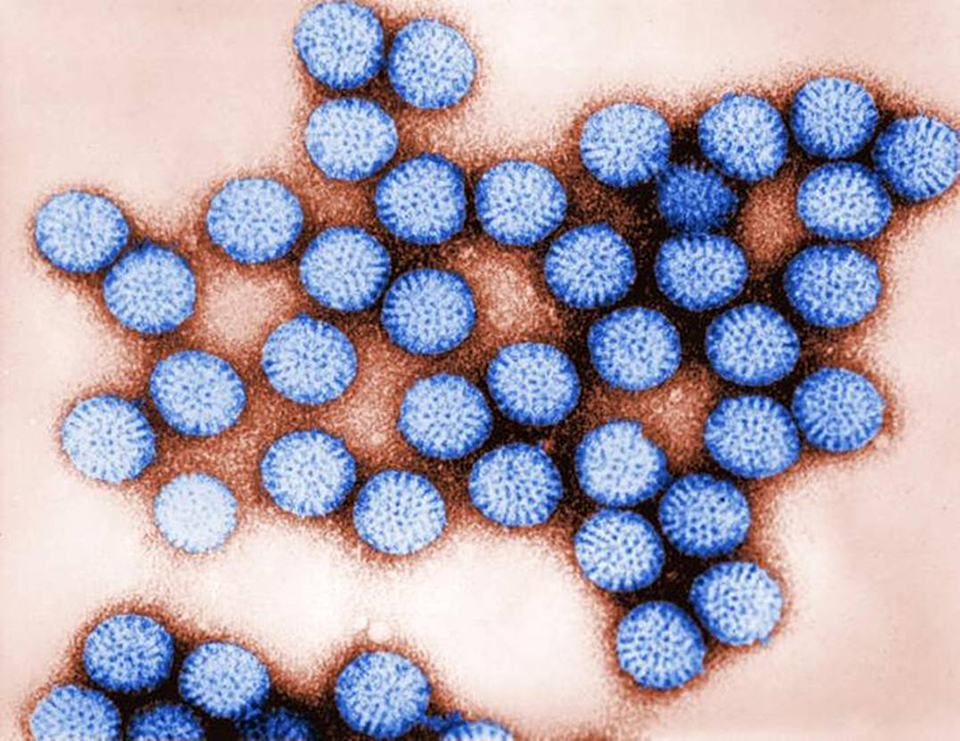
Intelligence
Human enteric viruses in shellfish, part 1
Commercially harvested shellfish have been reported to cause gastro-enteritis when humans consume virus-contaminated products. Rotaviruses are one of the main types of viruses able to survive and persist in the aquatic environment.
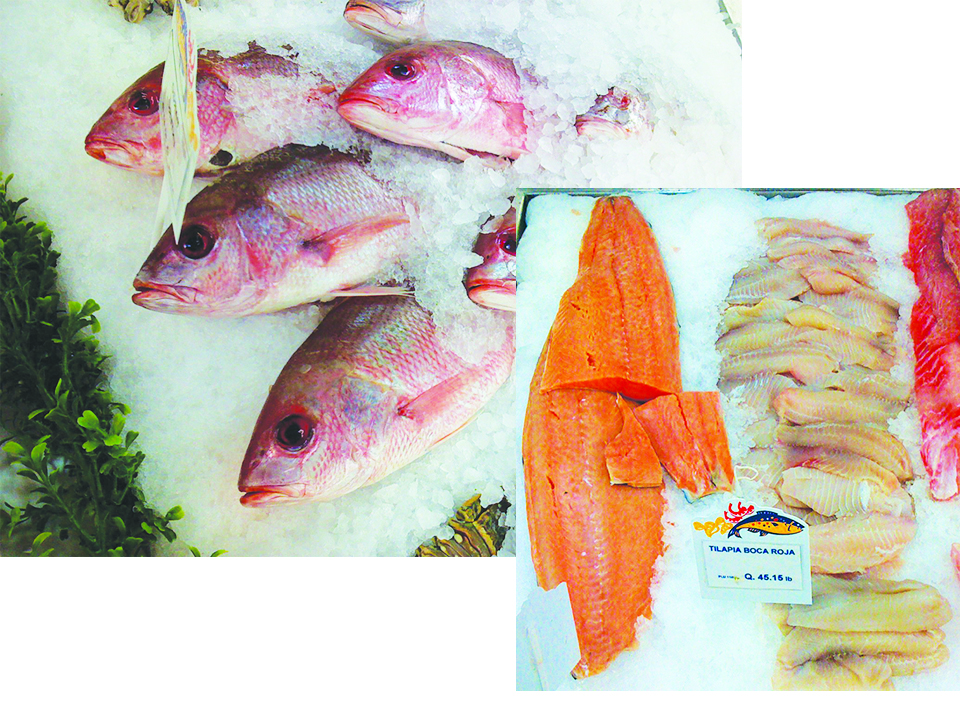
Health & Welfare
The truth about selenium
Selenium in ocean fish is essential for human immune function and required for vital tissues like brain and hormone-producing organs. The trace element also can counter some of the impacts of methylmercury in fish.
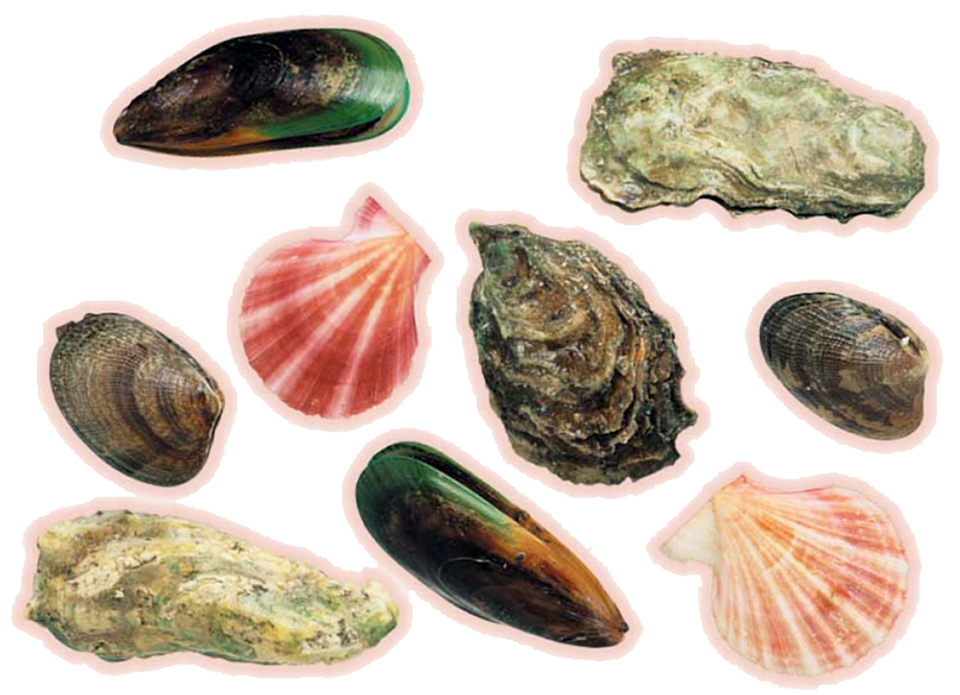
Health & Welfare
Hepatitis A and shellfish
Hepatitis A virus (HAV) is a widespread and serious foodborne pathogen commonly associated with shellfish-vectored outbreaks.
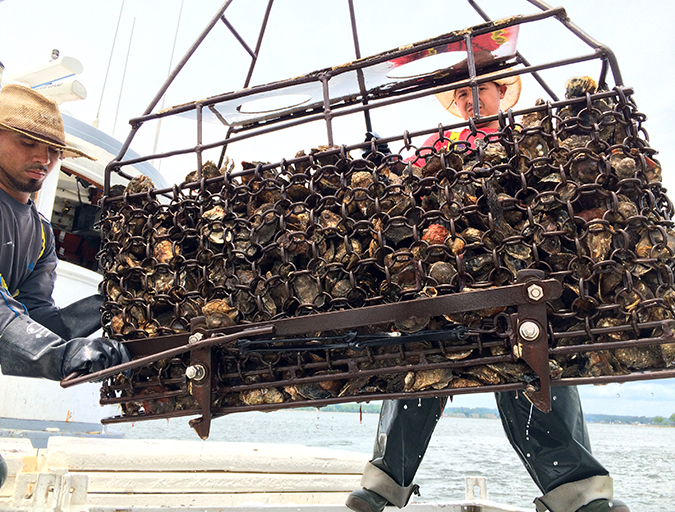
Intelligence
As ocean temperatures rise, so too will vibrio outbreaks
A study using a half-century of data has linked climate change and warming sea temperatures with an increase in illnesses from the common vibrio bacteria. Shellfish growers, fighting a particularly virulent strain of Vibrio parahaemolyticus, are changing their harvest protocols.


